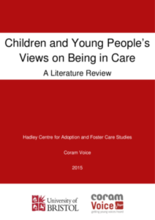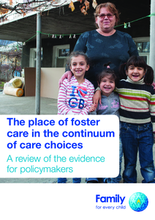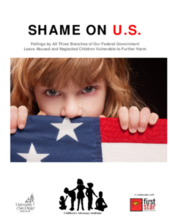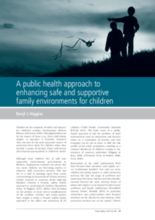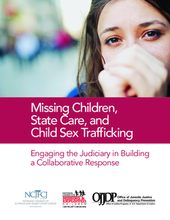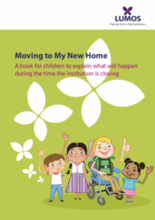Displaying 1811 - 1820 of 2214
This paper calls for creative pathways of engagement that delineate places of belonging for and with Indigenous youth in care.
This literature review highlights the voices of looked after children in the UK from existing research, on their journey through the care system.
This report from Family for Every Child explores rising concerns about the expansion of foster care services in low and middle income countries, it begins to fill the gap in understanding, and aims to assist in both states’ and NGOs’ decisions on whether to invest in foster care, and in the kinds of supportive services needed to make foster care safe and effective.
This six-part study series from the Faith to Action Initiative, Caring for Orphans and Vulnerable Children: A Study Guide for Journeys of Faith, is designed to support small faith group study accompanying ‘Journeys of Faith: A Resource Guide for Orphan Care Ministries Helping Children in Africa & Beyond.’
This research report analyzes the contributing factors in children and youth’s ability to be placed in care alongside siblings, as well as how caseworkers view sibling placements in Australia’s child welfare system.
This study, produced by the Children’s Advocacy Institute at the San Diego School of Law, examines the activities of the federal government of the United States in regards to enacting and enforcing child welfare laws and ensuring that individual states are complying with minimum federal standards for child protection.
According to this report from Lumos, in 2010 there were more than 6,700 children living in institutions in Bulgaria.
This report proposes a public health approach to promoting safe and supportive family environments for children and preventing child maltreatment in Australia.
This technical assistance brief answers the question “What steps can a judge take when a child runs away or goes missing from care?” The brief is intended to educate juvenile and family court judges in the United States on the steps to be taken to assist in in locating and recovering children who go missing from care.
The aim of this book is to explain to children what to expect during the time the institution in which they reside is closing.

